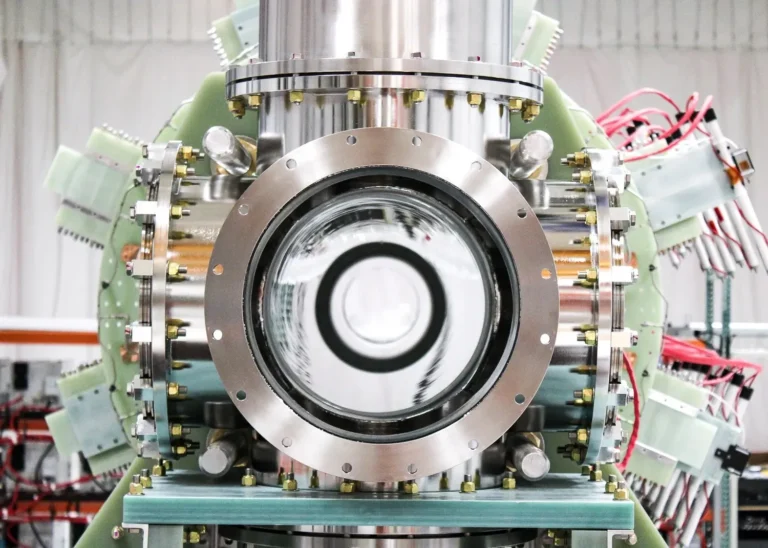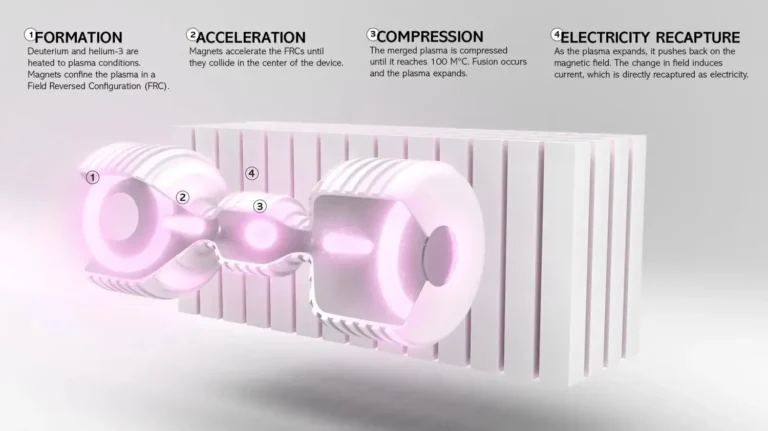OpenAI aims to meet the limitless energy needs of artificial intelligence with fusion energy.
The development of artificial intelligence and its energy needs are essentially limitless. So, what could satisfy the energy requirements of a sustainable, continuously operating AI that is more intelligent than the entire human population combined? It seems that OpenAI, the most prominent AI company, and its co-founder Sam Altman, are considering fusion energy for this purpose. Recent reports suggest that Altman and OpenAI are in discussions with the fusion energy company Helion Energy.
OpenAI, Helion, and the fusion triangle.
According to a comprehensive report published by the WSJ a few days ago, the U.S.-based fusion company Helion Energy is in discussions about a deal where it would sell large amounts of electricity to power OpenAI’s data centers. Meanwhile, it is known that OpenAI CEO and co-founder Sam Altman has invested $375 million in Helion and serves as its chairman. It is emphasized that Altman does not participate in the discussions between Helion and OpenAI due to potential conflicts of interest.
Nuclear fusion is the same process that occurs in stars like the Sun, providing them with power. It is a completely clean and unlimited energy source, but despite decades of investment, this technology has not yet been commercially viable. However, especially in the last few years, we have seen significant investments in fusion energy and clear progress being made in this field.
Sam Altman has been discussing artificial intelligence and energy for some time now. Altman has repeatedly stated that there is a need for a clean energy breakthrough to meet the increasing power demands of artificial intelligence. Speaking at an event at the World Economic Forum in Davos, Altman said, “We need fusion, or radically cheaper solar plus storage, or something on a massive scale.”
Helion, on the other hand, is racing to make this breakthrough. As our readers who closely follow the news on this subject may know, Helion signed the world’s first energy deal for fusion power with Microsoft last year. Under the agreement, a $100 billion data center with the AI supercomputer named Stargate will be built by 2028. While Helion aims for the first facility by 2028 and a capacity of 50MW, these are still radical dates and figures for fusion energy.
Helion adopts a method known as Magnetized Target Fusion (MTF) and aims to produce plasma at both ends of the reactor. These plasmas are then accelerated towards a central compression chamber where fusion ignition occurs and electricity is generated. Among other major investors in Helion are Reid Hoffman, the co-founder of LinkedIn, and Dustin Moskovitz, the co-founder of Facebook.
Tech giants are currently racing to secure enough power to fuel data centers, with energy demands expected to increase by 160% by 2030. This translates to an increase of approximately 650TWh, exceeding the consumption of a country like South Korea. An analysis by Goldman Sachs suggests that this represents around a $1 trillion investment opportunity for the energy sector in the US and Europe. If successful, Helion Energy aims to sell electricity for as low as $0.01/kWh.
Source : https://www.rechargenews.com/energy-transition/sam-altman-s-openai-eyes-deal-for-fusion-powered-data-centres-to-meet-soaring-energy-needs/2-1-1655048
Page Contents
Toggle





